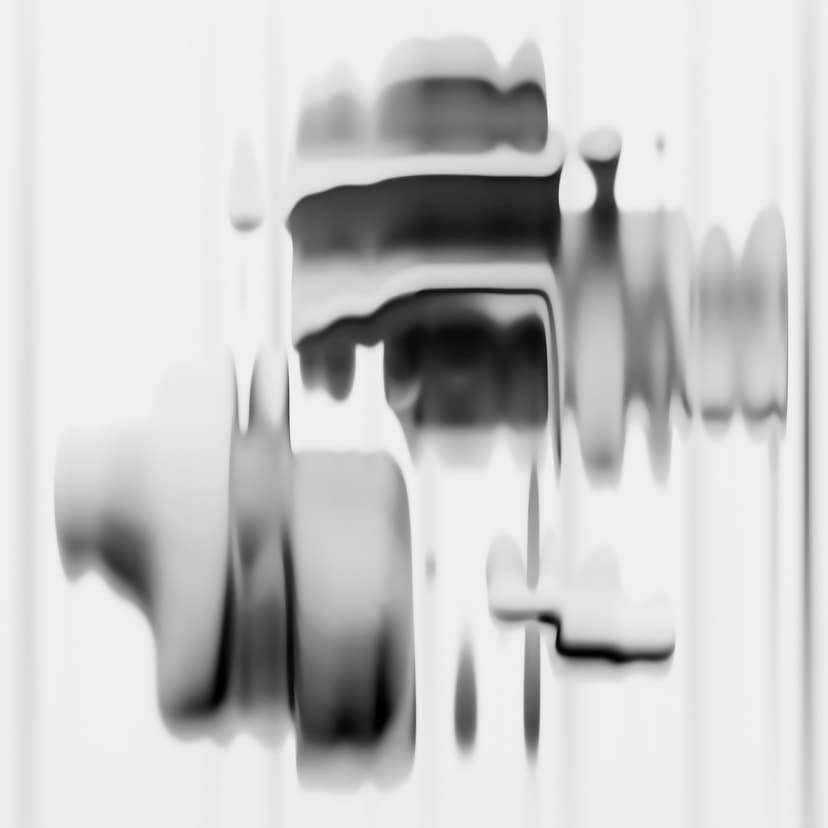In the industry, we're obsessed with shiny, glossy things—essentially photons. This concept, which I learned at design school in London, revolves around the idea that "photons make things sexy." Photons are small packets of light that travel through the air and represent daylight. They're everywhere. When they hit a surface, they reflect back, and that's what our eyes perceive as shine. This principle applies to various objects, from cars to diamonds or even book covers.
Designers and advertisers often use this feature to increase appeal.
However, after founding and running my own creative agency for three years, my perspective has broadened beyond that. What we perceive as photons reflecting off surfaces is actually white light—a combination of the light spectrum that forms daylight. This realization came to me during a brainstorming session for a campaign for a major car brand. We were trying to redefine 'status symbols' through the eyes of 'young, driven women,' and
This reminded me of the concept of "sexy photons" from my design school days.
While doing research at a car dealership, I noticed a prism on a salesperson's desk. It fascinated me because it cast a beautiful rainbow. This little prism was refracting and scattering those sexy photons into spectral colors all around his desk. It was a moment of revelation: The industry's overreliance on basic white photons is its downfall. We shouldn't congeal the diverse spectrum of humanity into indistinct, uninteresting, and ordinary daylight. Instead, we need to differentiate our communication, just like the prism, to represent the full, vibrant spectrum of humanity. We should create rainbows from daylight, refracting white light into its colorful components. That's what people really want, right? To see and appreciate the full spectrum of life, not just a simplified, one-sided view of it.




